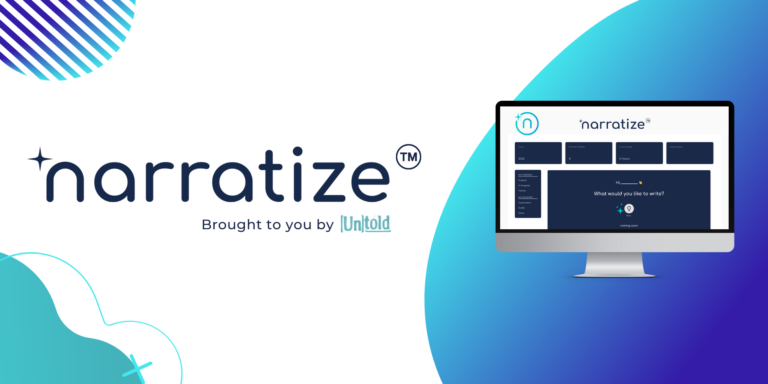Blog >> How to Develop a Content Strategy: Step 4
How to Develop a Content Strategy: Step 4
Six Steps to Developing Your Communications Content Strategy
Step 4. Develop content ideas and align them with “triggers” in your business plan.
Okay, you’ve got a vision, goals, key audience(s), and publication venues identified for your content. These are the high-level aspects of your content strategy. Now it’s time to get your hands dirty and develop amazing content ideas that align with your organizational vision. This is the heart of your content strategy.
Here are some strategies for developing content:
Start with a Content Audit:
Analyze the rhetoric and information on your current website by conducting a content audit, or an overarching analysis that details the content currently up on your site. By seeing what you already have in place, you can strategically build upon your previous writing or take things in a new direction.
Assess the Competition:
Now that you understand your own content and its effectiveness, it’s time to invent new ideas by conducting a competitor analysis. Research sites similar to yours and identify what is working on those sites. What draws you in? What are the common keywords they deploy? What tone and style do they use? Do you like it? How do they build engagement?
Research keywords:
As you write–or even beforehand–it’s smart to know what common keywords people will search for to access content like yours. Although you might use particular language to describe your line of work, you want to reach people where they are at. Be creative, but be sure your creativity doesn’t confuse the Google SEO “spiders.” For instance, people are more likely to search for the term “business writing courses” rather than “business writing workshops,” so we’ve changed our messaging over time to align with the keywords that are most likely to bring folks to our site.
Develop Content in “Series”:
Don’t just write post after random post. Create content “series” that discuss multiple points or concepts within a given topic. This approach is great for three reasons: 1) it keeps blog content in “chewable” chunks that don’t overwhelm readers; 2) it focuses on themes that align with your larger vision; 3) it enhances SEO by spreading content over multiple pages, driving reader engagement.
Allow Content Development to Unlock Organizational Achievements:
Do you want to reach out to new customer leads or market an existing product? One strategy for doing so is to create blog posts or white papers that discuss different aspects of your products, services, organizational culture, or unique approaches to doing business. When content aligns perfectly with one of your strategic goals–like reaching a new customer audience–you can use that content to market your services or products in unique ways. So don’t just start emailing potential clients or customers. Instead, develop a robust suite of content that can meet one of their needs and engage with your audiences on a human-level first. Then reward yourself for all your hard work by allowing yourself to share that content–and your service and product descriptions–with your leads. Allow content development to “unlock achievements” in your business by building creative outreach strategies around the great content you develop. As Claire Pelletreau and Val Heisler say on The Get Paid Podcast, “Be ridiculously useful to people.”
Generate content ideas by engaging with your audiences:
Whether you’re bouncing ideas off of your colleagues or joining online conversations with experts in your field, ideas are generated through engagement. By engaging with others, you develop an awareness of the issues impacting your field and you also learn to articulate your unique stance and perspective on the topic. As an added bonus, you establish a presence online that others will be accustomed to hearing–and hopefully following–so that your connections will increase and your voice will be projected.
These strategies work really well together. For instance, perhaps you want to market your company’s medication information app to an audience of pharmacy students. By engaging with pharmacy students on Twitter and following different college of pharmacy handles, you learn that studying for exams causes a lot of anxiety among your target audience. To market your app, you first engage with your audience by writing and publicizing a blog series about study habits and how to memorize medication types and side affects. By sharing free, expert content first, you engage your audience and guide them toward your product or service in ways that aren’t obnoxious.




